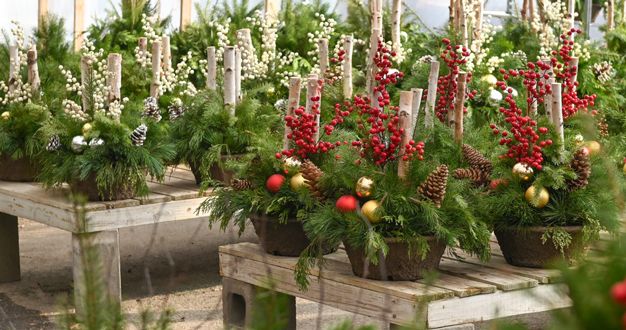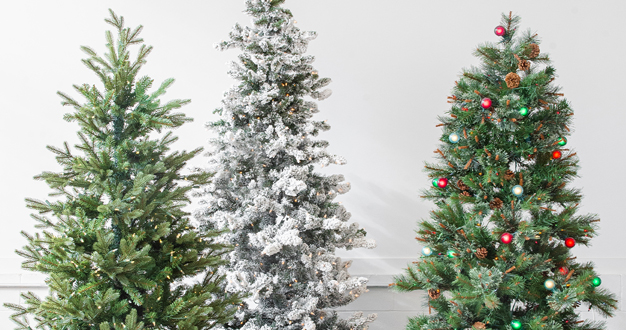
Fall in Nebraska can keep you guessing – one minute you’re enjoying golden sunshine, and the next, you’re scrambling to cover your plants. When forecasters issue a frost advisory, it’s your sign to take quick action to protect tender annuals and other vulnerable plants.
What Is a Frost?
You might think frost only forms at the freezing point (32°F), but it can actually occur anytime temperatures dip between 36°F and 32°F.
A light frost at the upper end of that range might just nip the tops of tender plants, leaving lower parts green. But a hard frost – when temps hover near freezing for a few hours – can kill off all above-ground growth.
Temperature swings like these are completely normal this time of year, but being prepared makes all the difference.

Which Plants Need Protection?
In general, any plant that can’t survive Nebraska’s winter weather will need some extra care during a flash frost. That includes:
- Annuals like petunias, impatiens, and coleus
- Outdoor tropicals such as hibiscus, palms, or fiddle leaf figs
- Herbs and vegetables like basil, peppers, cucumbers, and tomatoes
Warm-weather bloomers and fruiting plants are especially sensitive – even a quick cold snap can cause lasting damage.
Tips for Protecting Your Plants
A little prep goes a long way in keeping your garden safe. Here are four quick, effective ways to protect your plants from frost damage:
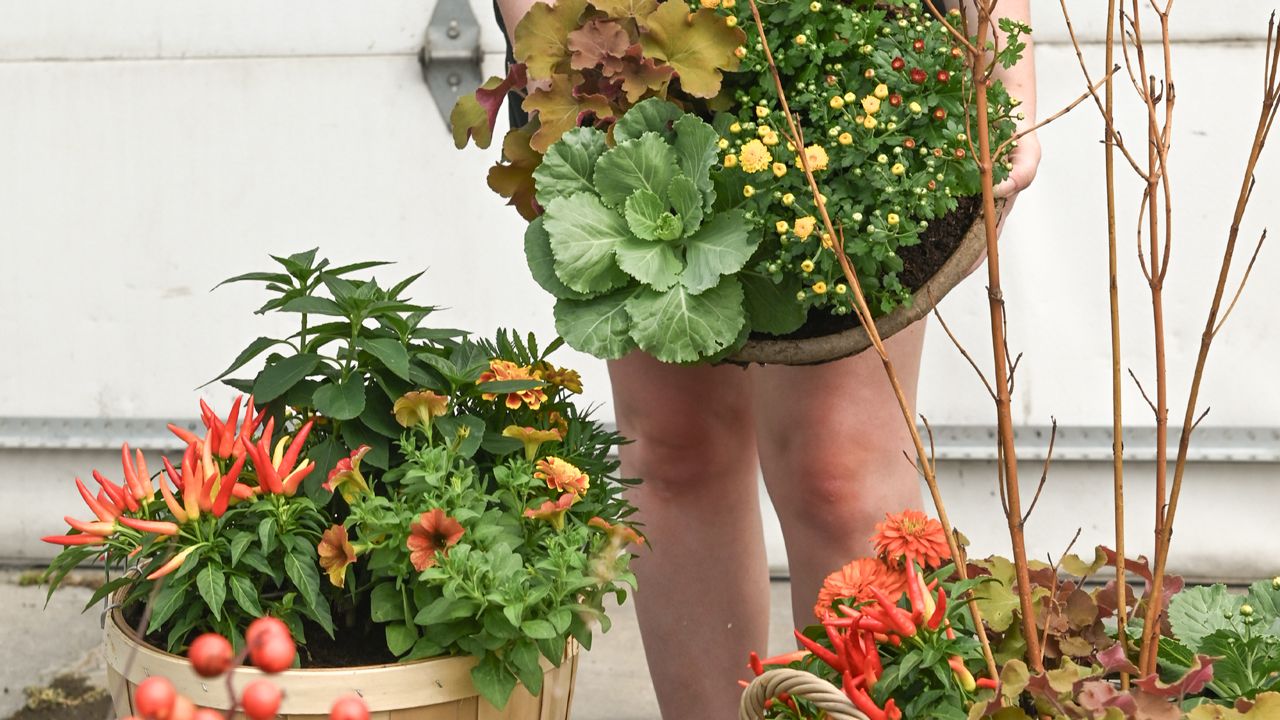
Move Containers Indoors
If you can, move planters and small container gardens into a sheltered space such as a garage, shed, or enclosed porch. When temperatures near freezing, even a few extra degrees of protection can make a big difference.
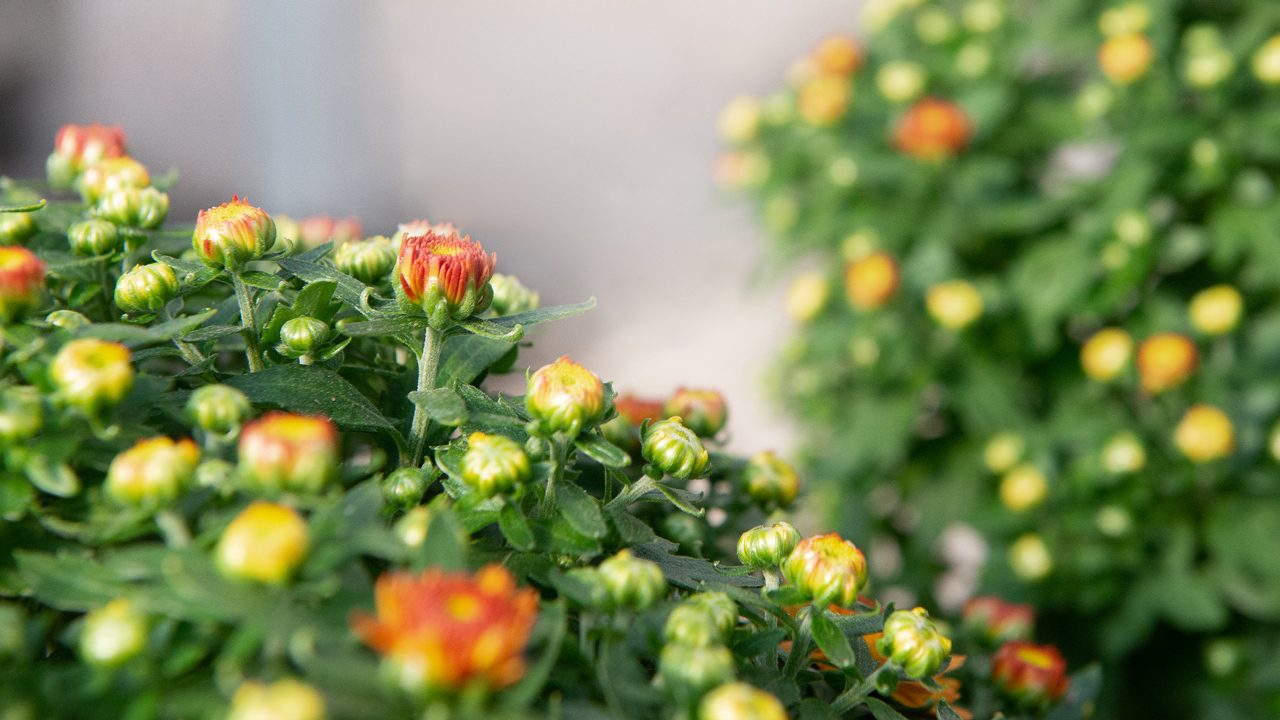
Bring Out the Blankets
For garden beds or larger planters, cover plants with a lightweight sheet or blanket overnight to trap warmth from the ground. For added insulation, drape a layer of plastic over the fabric – just be sure plastic never touches the foliage directly. In the morning, remove coverings early to prevent condensation from freezing underneath.
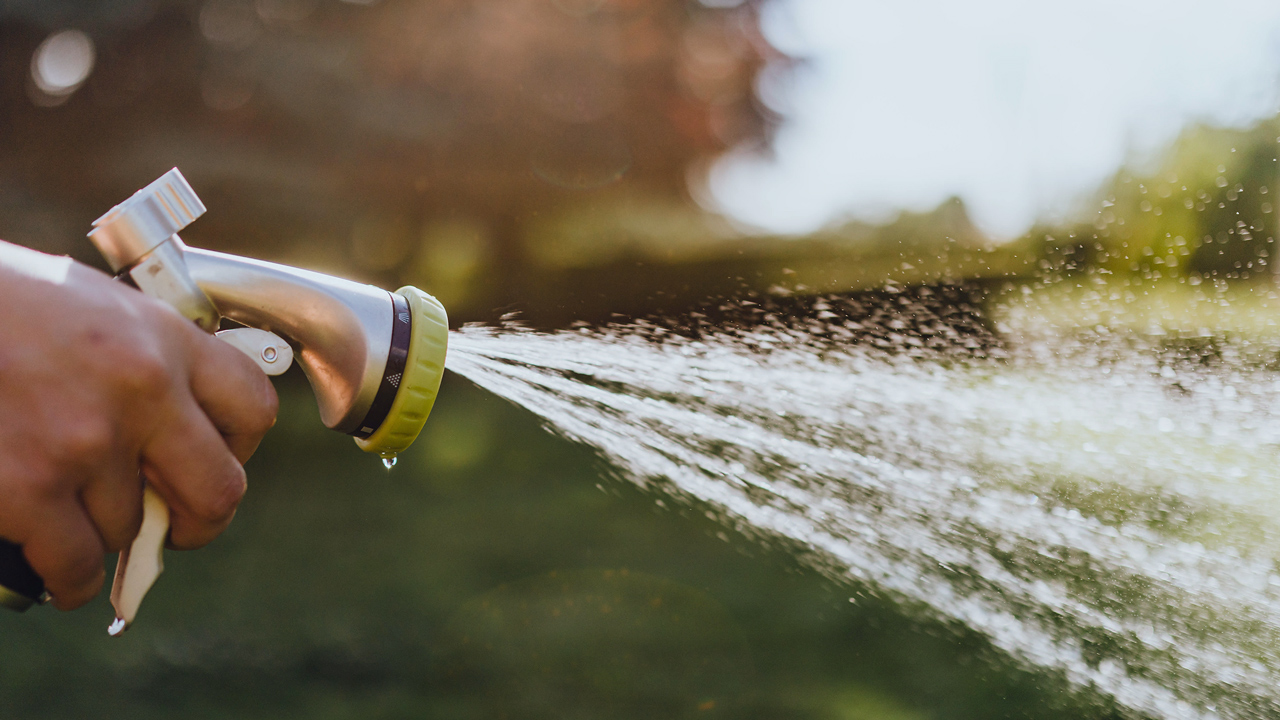
Water Well
Moist soil retains more heat than dry soil – up to four times more, in fact. Watering well before a cold night can raise the temperature around your plants by a few degrees.
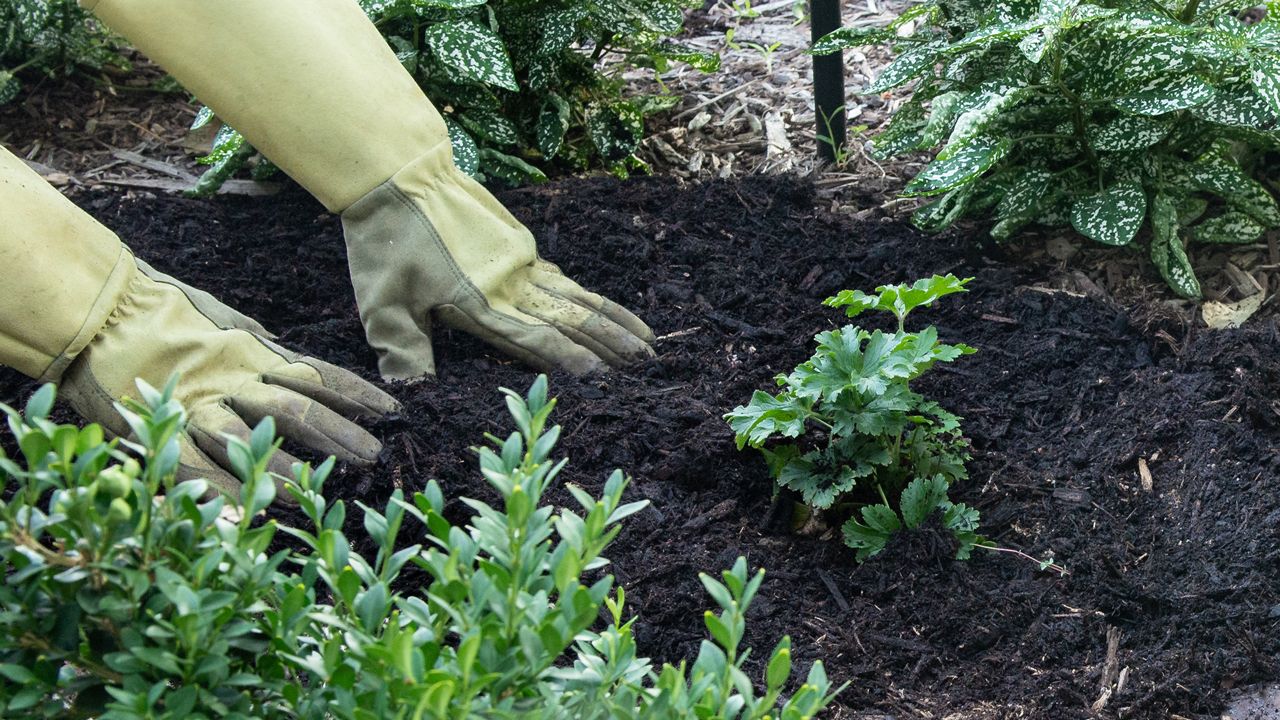
Add Mulch
A thick layer of mulch acts like a cozy blanket for your soil. Apply 2–3 inches around tender plants, keeping it pulled back an inch or two from the stems for good airflow. As the season winds down, refresh your mulch as needed to maintain insulation through fluctuating fall temperatures.
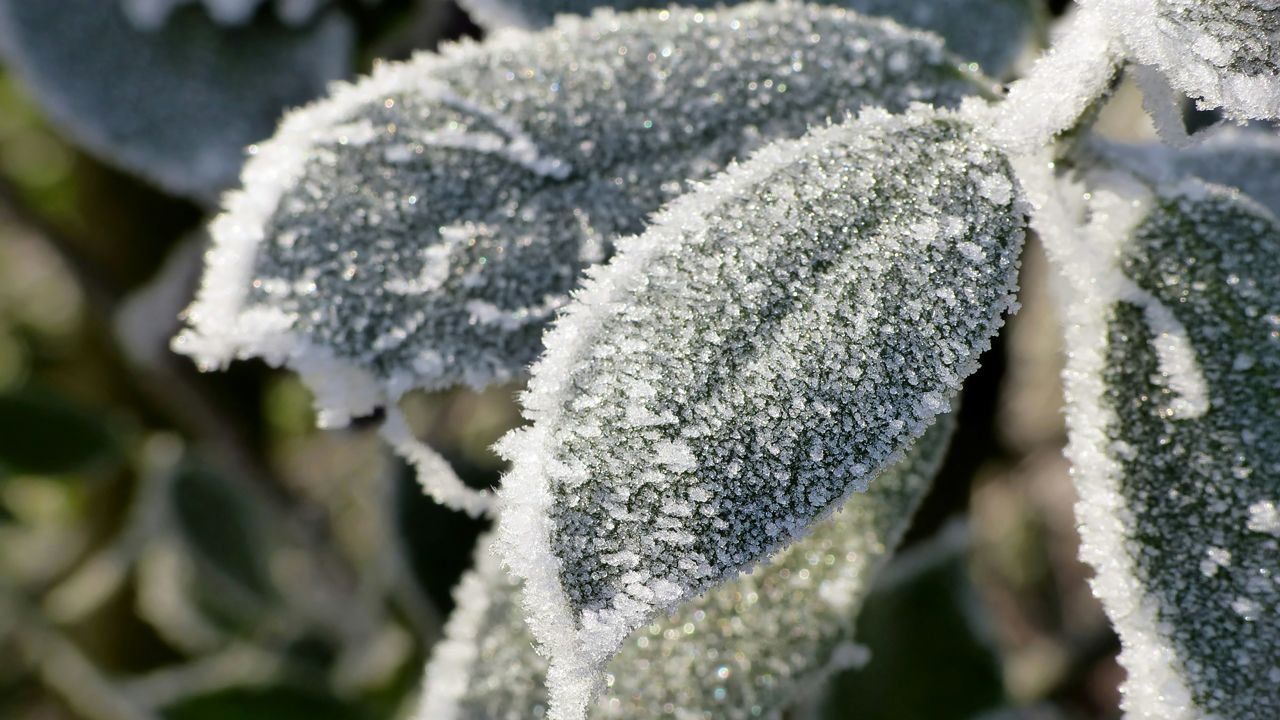
Stay Ahead of the Weather
A fall frost doesn’t have to spell disaster for your garden. With a little preparation – and maybe a few extra blankets – your plants can stay healthy and strong until winter fully sets in.
Stop by Mulhalls for mulch, and advice from our team on how to help your plants weather the chill.


